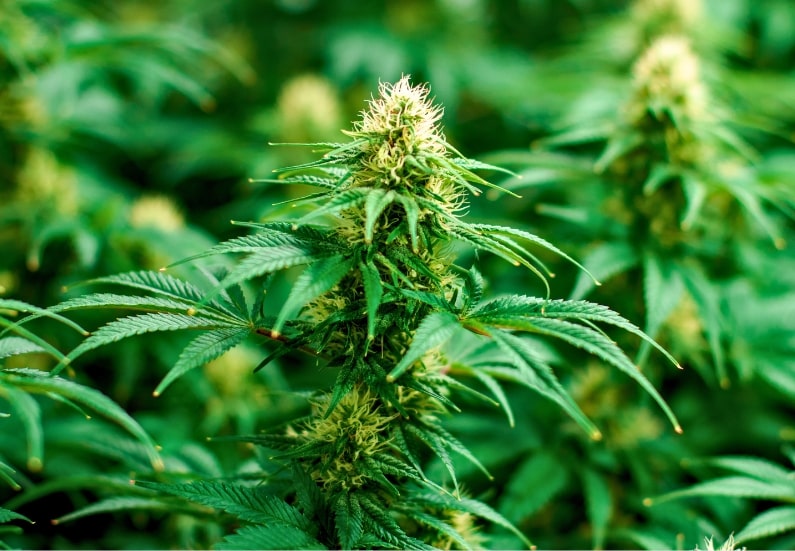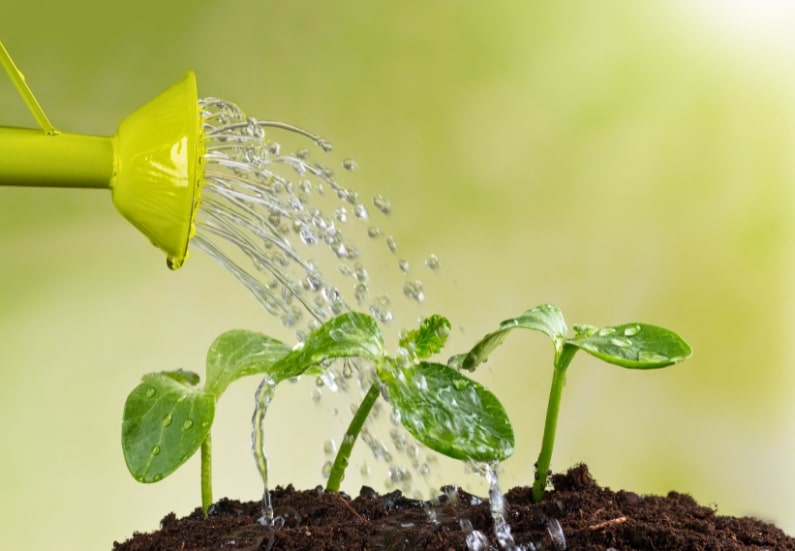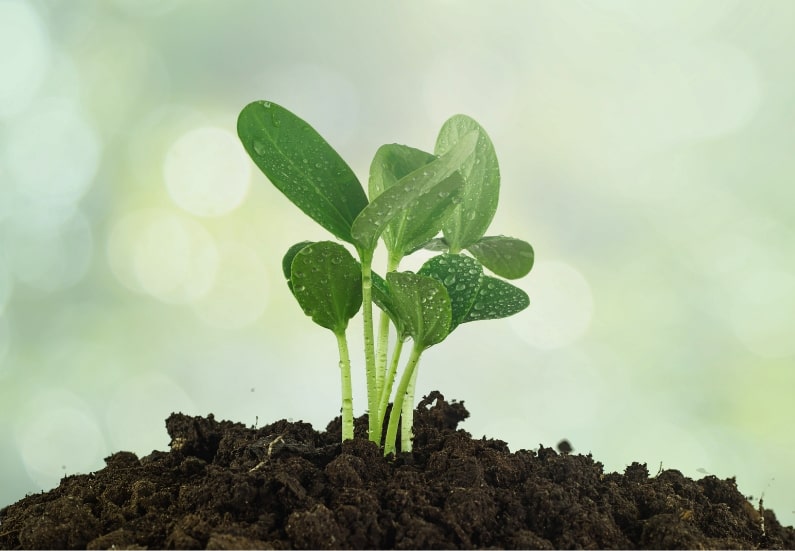If you’re looking to set up an indoor grow box to grow some plants or herbs at home, one of the most important factors to consider is the lighting you’ll be using. LED grow lights are popular for indoor grow boxes due to their energy efficiency and customizable light spectrum. They provide the right balance for optimal red, blue, and white light plant growth. T5 fluorescent lights are another excellent option, offering a good spectrum of light and low heat output. Ultimately, the best lighting for your indoor grow box will depend on the types of plants you’ll be growing and your specific needs.
Let’s discuss the lighting options available for indoor grow boxes and help you determine which best suits your needs. Let’s dive in!
Understanding Different Types of Grow Lights
When it comes to lighting for indoor grow boxes, there are several different types of grow lights to choose from. Each light type has its unique characteristics, benefits, and drawbacks. Let’s take a closer look at some of the most common options:
Fluorescent Grow Lights
Fluorescent grow lights are one of the most popular choices for indoor growers due to their affordability and energy efficiency. These lights produce a calm, gentle light ideal for seedlings and young plants. However, they may not be powerful enough for flowering and fruiting plants.
Fluorescent grow lights come in two main types: T5 and CFL (compact fluorescent). T5 lights are more powerful and efficient than CFL lights, making them a better option for larger grow boxes.
High-Intensity Discharge (HID) Grow Lights
HID grow lights are known for their high intensity and ability to produce large amounts of light, making them ideal for flowering and fruiting plants. There are two main types of HID lights: Metal Halide (MH) and High-Pressure Sodium (HPS).
Metal Halide lights are best suited for the vegetative stage of plant growth, as they produce a cool, blue light that promotes leafy green growth. On the other hand, high-pressure sodium lights emit a warm, red light that is perfect for flowering and fruiting plants.
LED Grow Lights
LED grow lights have gained popularity recently due to their energy efficiency and long lifespan. These lights emit a full spectrum of light suitable for all stages of plant growth, from seedling to harvest. They are also known for producing less heat, which can help maintain ideal growing temperatures in your grow box.
LED lights may be more expensive upfront, but their energy efficiency and long lifespan make them a cost-effective option in the long run.
Factors to Consider When Choosing Grow Lights
Now that you’re familiar with the different types of grow lights available let’s discuss some important factors to consider when choosing the best lighting for your indoor grow box:
Light Spectrum
Different types of plants require different light spectrums for optimal growth. For example, leafy green plants like lettuce and herbs prefer cool, blue light, while flowering and fruiting plants need a warmer, red light.
When selecting grow lights for your indoor grow box, choose lights that emit the appropriate spectrum for your growing plants.
Light Intensity
The light intensity of your grow lights will determine how well your plants grow and develop. Generally, plants grown indoors require higher light intensities than those grown outdoors due to the limited exposure to natural sunlight.
Make sure to choose grow lights that have the appropriate intensity for the size of your grow box and the type of plants you are growing.
Energy Efficiency
Consider the energy efficiency of the grow lights you choose. LED grow lights are known for their energy efficiency and can help you save on electricity costs in the long run.
Heat Output
Some grow lights, such as HID lights, can produce significant heat. If your indoor grow box is in a small, confined space, this excess heat can cause temperature spikes and damage your plants.
LED grow lights are an excellent option for controlling heat output, as they produce minimal heat compared to other grow lights.
Recommended Lighting Setups for Different Grow Spaces
Now that you have a better understanding of the different types of grow lights and factors to consider when choosing to light your indoor grow box let’s discuss some recommended lighting setups for different grow spaces:
Small Grow Boxes
If you have a small grow box, such as a cabinet or closet, LED grow lights are an excellent choice due to their energy efficiency and compact size. Look for LED grow lights that emit a full spectrum of light and have adjustable intensity settings.
Medium-sized Grow Tents
For medium-sized grow spaces, such as a grow tent or spare room, a combination of T5 and LED grow lights may be the best option. Use T5 lights for seedlings and young plants, and supplement with LED lights for flowering and fruiting plants.
Large Grow Rooms
If you have a large indoor grow room, HID grow lights, such as Metal Halide and High-Pressure Sodium lights, are a great choice due to their high intensity and ability to cover a large area. Consider using a combination of MH and HPS lights to provide the appropriate light spectrum for different stages of plant growth.
Conclusion
In conclusion, the best lighting for your indoor grow box will depend on the size of your grow space, the type of plants you are growing, and your budget. Consider light spectrum, light intensity, energy efficiency, and heat output when choosing grow lights for your indoor garden.
Remember that each grow light has unique benefits and drawbacks, so it’s essential to research and choose the option that best suits your needs. Whether you opt for fluorescent, HID, or LED grow lights, with the proper setup, you can create a thriving indoor garden that will yield bountiful harvests year-round. Happy growing!














